Congress theme
In the past decades, researchers working on tomato spotted wilt virus, orthotospoviruses and their thrips vectors have shared their knowledge and research progress at the ISTT,... the International Symposium on Tospoviruses and Thrips, held once every 3-4 years. Mostly about ~120 participants joined this meeting coming from all over the world.
Due to the expansion of plant viruses with a segmented negative strand RNA genome, at the ISTT in 2019 (Kunming, China) it was decided to expand (and accordingly rename) this symposium and share our platform to also embed researchers working on tenuiviruses, emaraviruses and coguviruses, all now presenting the plant-infecting members of the Bunyaviricetes.
Having left Covid behind and travelling restrictions being abolished, we are now planning the follow up on the XIth ISTT, the XIIth International Symposium on the Plant Bunyaviricetes and their Vectors. We aim for a program of about 3 days during which we like to offer many people the possibility to share their work during oral (all plenary) and poster presentations, keeping the number of longer keynote presentations low, combined with a good time to socialize e.g. at poster sessions. For this symposium to continue serving as a platform towards researchers working only on Thysanoptera (thrips) as well, a session/satellite meeting will be organized on the first day (Sept 23) that entirely focusses on the biology, taxonomy and management of thrips (as a pest agent, and not as viral vector). This session will be programmed simultaneous to the first sessions on the fundamentals of virus transcription and replication, and disease pathology, but will depend on the number of contributions submitted for oral presentations by participants to the meeting.
For the program on the plant bunyaviricetes and their vectors we intend to select presentations along the life cycle of these viruses, on expressing & multiplying, suppressing & conquering, building & escaping, damaging & spreading, fighting and managing, emerging & evolving, vector acquisition and spreading. By offering a mix of presentations covering the aforementioned viruses we want to stimulate the interaction and cross-pollination and try to build a new and larger plant Bunyaviricetes community. At one of the evenings a social event will be organized to strengthen this community, but for the other nights participants will be free to move around, socialize and enjoy dinner in smaller groups. During all this, the organization aims to keep costs reduced to allow many to participate. We selected three invited speakers to give a plenary lecture opening each day of the congress (more details soon).
See more
The host city
Bari is the capital of the Apulia region (Puglia in Italian), one of the richest archaeological regions in the southern part of Italy. A long history of different native populations... (the Apulians, that gave the region the name, were an autochthonous population originally residing in the region before the Roman empire) and subsequent influences from a number of invading populations (Greek colonies, Roman, Byzantine, Arabic, Norman, Aragonese, etc.) made this region a melting pot of people and cultural influences that can be seen in the many different layers of architectures and styles that are present in Bari itself and throughout the region. With its arabic-influenced historic downtown, called Città vecchia. Bari is geographically and vocationally oriented toward East, and in this relationship, the history of its patron Saint (also known world-wide as Santa Claus) and of the church dedicated to it can be found here San Nicola di Bari. The Apulia region has a thriving economy traditionally relying on agriculture, with a long history of Mediterranean crops, particularly for durum wheat and olive (for olive-oil production, the green gold). It is the home of the Mediterranean diet, and local food based on pasta, olive oil, vegetables and legumes can satisfy any dietary preference. The Gargano peninusula in the North, and the Salento region in the South are at the center of internationally renowned tourist meccas for their beaches and a well conserved Mediterranean landscape. Bari is also at one hour drive from two UNESCO WORLD HERITAGE locations: the city of Matera and the Alberobello town. Bari hosts the well renowned University of Bari, and of a number of institutes of the National Research Council of Italy (CNR), particularly in the agriculture-food production theme. Bari is a relatively safe city for foreigners. Nevertheless, some neighborhoods located in the outskirts of the city are to be avoided (Libertà, Japigia, San Paolo, and Madonnelle), tourists should not face safety problems in the downtown area where the congress is held. Use common sense and apply all usual safety precautions.
See more
Contact Information
Contact us to info@plantbunya.eu

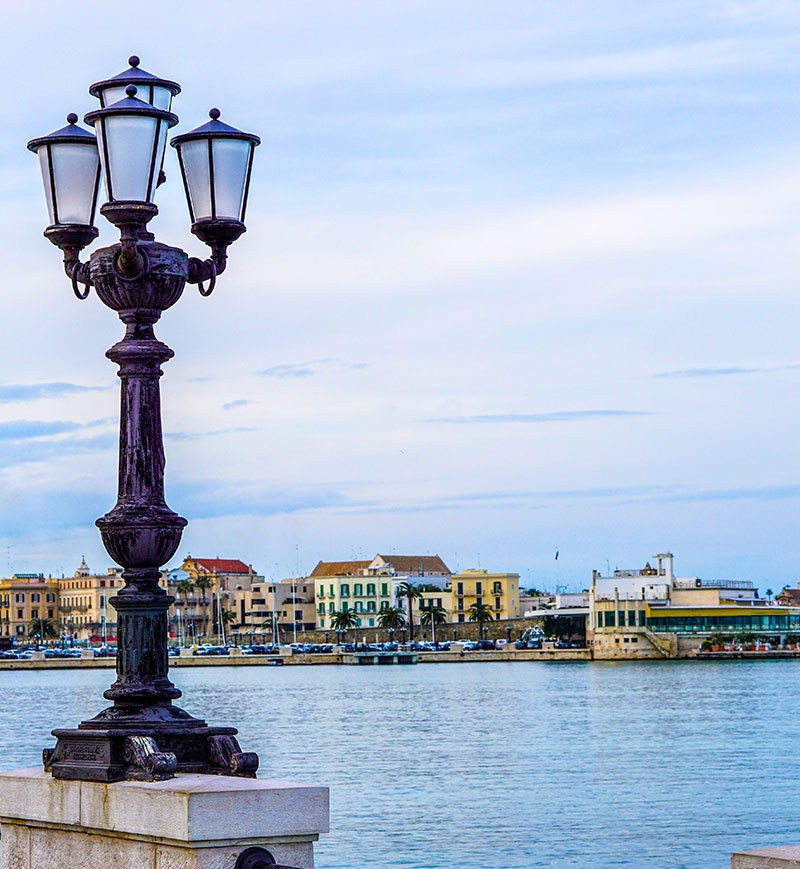
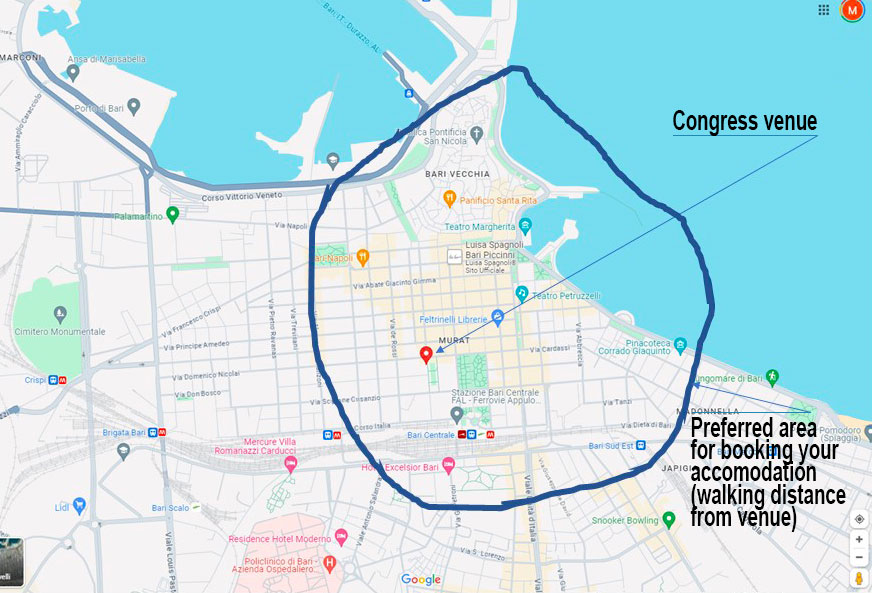

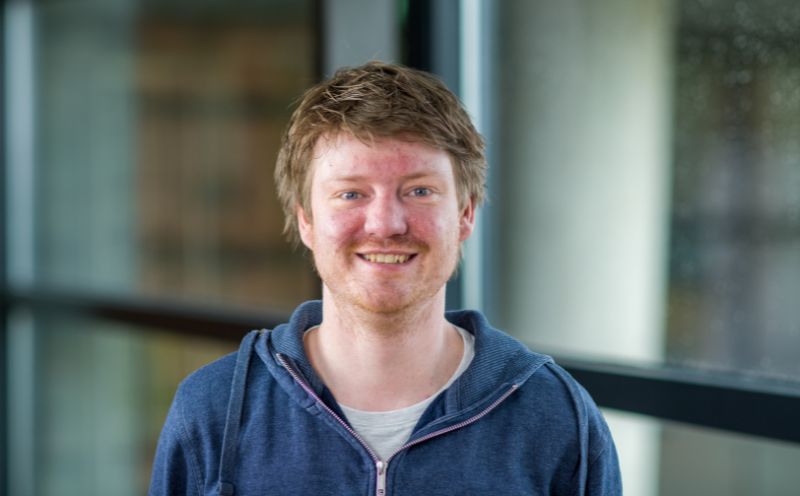


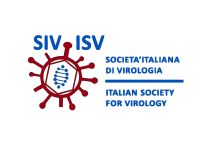


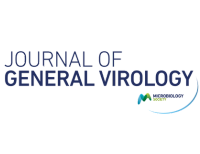

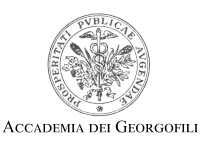
Social events
Social dinner
A social dinner, which will include a walking tour of the historic downtown, will be held on Sept 24th at 8pm (from june 28th you can pay the dinner in the registration tab).